Last month, a series of wildfires devastated the Greater Los Angeles region, leading to immense loss. Blocks and blocks of homes in Altadena and the Pacific Palisades are gone, generational homes and artist studios among them. At least 29 people died, with the death toll expected to rise, according to CBS News.
The fires interrupted just about every aspect of LA’s art scene—including the Getty Foundation’s PST ART initiative, which opened last September and saw more than 60 exhibitions open across Southern California, supported by more than $20 million in grants. Under the banner of “Art & Science Collide,” its shows focused on climate change, the environment, and Indigenous knowledge. The last show to open as part of PST is perhaps the one most relevant to LA right now.
That show is “Fire Kinship: Southern California Native Ecology and Art” at UCLA’s Fowler Museum, which has been in the works for around two years. It takes a sweeping look at fire-based land stewardship practices by four different Indigenous from Southern California (Tongva, Cahuilla, Luiseño, and Kumeyaay), the history of fire suppression laws that outlawed this practice both during the Mission Period and after California became a state, and recent efforts by the region’s Indigenous peoples to revitalize these fire stewardship practices. All of this with the aim to rethink our relationship with fire, seeing it not as a destructive force, but instead as kin, a being that can actually help save the land.
In a statement announcing the exhibition’s opening, Fowler director Silvia Forni wrote, “We understand that in light of the recent wildfires and their aftermath, the word ‘fire’ may evoke fear, loss, and trauma. These emotions and this trauma are paramount and require our collective compassion and care as our communities heal. The Fire Kinship exhibition seeks to provide insight into and honor the wisdom of Indigenous fire stewardship and its potential to restore balance, reduce the risk of catastrophic fires, and renew the land for future generations.”
In addition to the wealth of historical knowledge on view, the exhibition also presents contributions by contemporary Indigenous artists working in painting, sculpture, and video, as well as traditional arts like basket weaving and canoe making. Whether via their materials or their concepts, these artists show how careful stewardship of their respective lands can be generative.
The exhibition’s opening was delayed two weeks by the wildfires, but it finally was inaugurated on January 22. It’s curated by Daisy Ocampo Diaz (Caxcan), assistant professor of history at the California State University, San Bernardino; Lina Tejeda (Pomo), a graduate student research assistant at Cal State San Bernardino; and Michael Chavez (Tongva), a former Fowler archaeological collections manager and NAGPRA project manager. As part of their research and development for the exhibition, the curators also formed an eight-person committee of community leaders throughout from the four Southern California tribes.
To learn more about “Fire Kinship” (on view through July 13), ARTnews spoke to Ocampo Diaz by phone in January shortly after the Fowler announced that the exhibition’s opening would be postponed.
This interview has been edited and condensed for clarity and concision.

ARTnews: How did the exhibition “Fire Kinship: Southern California Native Ecology and Art” come together?
Daisy Ocampo Diaz: My background is in public history, which includes museums and archives, as well as Native American history. I’ve been working with tribes in Southern California for quite a few years. When the Fowler reached out to me [for this exhibition], I saw this gap in the conversation about fire revitalization and including Southern California in that discourse. I’ve kept up with the conversation of fire revitalization in California Indian communities. What was clear to me was that there was a large focus on Northern and Central California, so one of the things my co-curator, Lina Tejeda, and I wanted to do with this exhibit was to cover the geographic region of Southern California and how this conversation of fire revitalization applies here.
Had you been thinking about fire revitalization in your research prior to the show?
Part of my expertise is in historic preservation, which is usually focused on architectural preservation, but my area of focus is in the preservation of sacred sites. I research how cultural practices—and in this case, fire practices—are so critical to maintaining landscapes, and that also includes a lot of our sacred sites. My focus is largely speaking looking at land-based practices as part of stewardship, with stewardship being part of preservation. For example, I’m a Caxcan woman, and our community is based in southern Zacatecas [in Mexico]. We burn our sacred mountain right before we’re ready to clear certain land and slopes. That’s part of our regular practice. So, I’ve been working with the Chumash, looking at water stewardship, and I’ve working with the Native American Land Conservancy, looking at the desert ecosystem and their work with the Old Woman Mountains. I’ve been trying to be of service to different tribal communities here in Southern California.

The exhibition focuses on four different tribal communities within southern California: Tongva, Cahuilla, Luiseño, and Kumeyaay. Why did you feel it was important to center all these perspectives as opposed to just one?
I approached different tribal communities about their expertise and their interest in participating. I wanted to take a larger geographic scope to Southern California instead of focusing on one tribal community. The goal also was for folks who are not Native to know what tribal communities are in Southern California—and that’s going to be new for a lot of folks. So, it was, in a way, an introduction of a topic, as a way of allowing each community to tell their own story through their selection of objects, which are relatives, beings, and part of the community and are part of this conversation of a fire.
Can you talk about the role of the eight-person committee of community leaders you assembled to advise on the exhibition and the insight they brought to the project?
The way Lena and I approached fire was from a multivocal perspective from multiple communities. It’s not just one group informing this exhibit. There are different stakeholders. We had basket weavers, tribal fire departments, cultural practitioners, poets, and artists as stakeholders. Everyone is telling that story of fire. For example, one concern is the prevention of the GSOB [gold-spotted oak borer], which is an invasive bug species that’s all over the oak trees. Everyone is telling the story from different perspectives, and every object and relative that is part of this exhibit comes with a story from that community and that person, who also contributed to writing the wall labels. I included community at every stage of this process.

How do you see works by the basket weavers as central to the exhibition’s narrative?
I built on the work of the California Indian Basketweavers’ Association, a statewide organization that has been dedicating quite a bit of their time to fire revitalization. That’s because the native ecosystem throughout Southern California is 1) varied and 2) getting stomped out by our cities and invasive species. There’s a real need for basket weaving material. The focus of the show’s first room is looking at the structure of a basket to understand which plant relatives are part of that creation of a basket—everything from Juncus to deergrass to yucca. These are all plants that actually need fire to regenerate, otherwise they won’t seed. If there’s a Juncus patch that’s overgrown, it can suffocate, so it really needs fire to be able to continue to have a healthy array of basket material. Basket weavers are experts on the plant materials that need fire. We use that conversation as an entrypoint to get to know not only the ecosystem, but also the challenges of gathering plant material today. That’s really challenging, as is even getting a permit to burn in a small plot of land. We’re trying to hit on all these different conversations.
How is the exhibition organized?
There are three sections, each with their own room. The first is “Our Fire Relative,” which is about redefining fire from a Southern California Indian perspective, not a fear-based understanding of wildfire. So it’s a kind of re-centering. The second, “Fire Scars,” looks at the history of fire suppression. Lena and I took a big archival deep dive, with the help of the Malki Museum, which facilitated access to a lot of archival material [and focuses on the preservation of Southern California Indian Cultures]. We looked at early settlers and explorers, if you want to call them that. We looked at fire suppression during the Mission Period, which actually includes a significant proclamation that outlawed controlled fires [by Native people]. In California, we’ve historically dated fire suppression to the State of California in 1850–51, but in reality, fire suppression is clearly documented in the Mission Period. I wanted to make that connection between fire suppression and settler colonialism—it generated the very overgrown, untended, and un-stewarded landscape that we see today that’s fueling all these wildfires. The last room, “Begging to Burn,” looks at the revitalization of fire practices and how different folks are participating in it. We bring in not just elders but also younger folks, folks who are actively part of their community.

Within these three rooms, there are different contemporary artists who are grounding these different themes. There’s Weshoyot Alvitre, who is Tongva; Leah Mata Fragua, who is Chumash; and Emily Clarke, who is Cahuilla. There’s also this thread of Native feminism throughout the exhibit, as well as the idea of landscape and creation. We have several canoes by different maritime Native artists that were commissioned for the show. One is Priscilla Ortiz, who is Kumeyaay, and she worked with the Kumeyaay Community College [in El Cajon]. They have been revitalizing their people’s tule boats, and tule also need fire. We also worked with William “Willie” Pink, who is Cupeño. He also created a canoe, which is a replica of a canoe that was found in Lake Elsinore, so it’s also part of that revitalization.
In regard to fire stewardship, are there differences in how each tribe approaches it?
There’s cultural burning, and there’s prescribed burning. Each has a different objective. Cultural burning is very specific kind and is either used to clear out some invasive species or for the oak trees to smoke. The objective is not just about fire; smoke is also very healthy for a lot of plant communities. Cultural burning on a Juncus patches is usually for weavers. Some folks are introduced in fire revitalization from a more institutional fire department perspective. Tribes often have fire departments because they need to protect their reservation homeland. They also need to be prepared for a wildfire. Learning how to collaborate with different bureaucratic institutions is also super important.
The fire stewardship that we’re thinking of as cultural burns are specific to each ecosystem. For example, the Agua Caliente Band of Cahuilla Indians, who are desert Cahuilla, talk about the desert fan palm, which is in Palm Springs and the Andreas Canyon. So in that case, we’re looking at fire within like a desert canyon ecosystem. I would also say when each community is talking about fire, they’re also talking about their landscape, which is very specific. A desert context is different from a San Diego, maritime, water-fire context.

The show’s description mentions wanting to reintroduce “fire as a generative element,” and the title “Fire Kinship” posits a familial relationship to fire. Can you expand on your thinking for those to very poetic phrases? Why was this positionality important for you to center in the exhibition?
In one conversation that Lena and I had with Myra Masiel-Zamora, a curator for the Pechanga Cultural Resources Center, she mentioned fire as a relative. This was also echoed by Marlene’ Dusek, who is a fire practitioner. When we think about fire as our relative, that changes how we interact with it. Instead of being something that we’re constantly trying to escape as we’ve seen with wildfires, we can see it as a being that you bring into your community to assist in your relationship with the land. The focus was that relationship, that relationality. The word that resonated the most to everyone was kinship. Because of the wildfires, we may be afraid to engage with fire, but nonetheless, there is a relationship with fire. It’s needed. It’s something that you call into being to help steward your land, steward your resources, and nourish you spiritually. Fires are also spiritually and culturally nourishing in a lot of contexts. There’s a small section in exhibition on cooking. I think it’s also important not overlook our daily use of a fire and how we’re in constant dialog with it. That’s where “kinship” came into the title. We wanted to think about relationships to fire outside of a binary of all or nothing, good and bad.

The recent wildfires have been so devastating—they even delayed the exhibition’s opening. But unfortunately, they are not a new phenomenon in South California. In a way, this show was always going to be relevant to this community, but it’s definitely taken on new resonance now. What do you hope people take away from the show?
I was born and raised in LA. I moved out here to Riverside in my early 20s to attend UC Riverside. I’m constantly on the 60 Freeway, still back and forth, with my family. While we’ve been curating this exhibition, there have been multiple fires, not just the Palisades and Eaton fires. We’ve had catastrophic fires all throughout the Inland Empire, like the Line Fire in San Bernardino [in September 2024]. I say that not to focus on who’s had it worse, but to make clear the understanding that we’re all part of a landscape. One thing that gets lost, living in such a huge city like LA, is that you’re part of the land. You become part of a ZIP code, a neighborhood, a bus route. You get into a routine around all these different points, but those are never actually geographic and landscape points in ways that living in a smaller town with proximity to mountains and rivers would provide.
I hope that folks in the city can really think about themselves as people of a place and think about our vulnerability and our relationship with fire. That’s going to be challenging. I don’t take that lightly because this move to revitalization of fire stewardship within Native communities is somewhat of a contradiction. How can you ask someone to have a relationship with fire when it just burned down their house? There’s a lot of unlearning involved, and I hope the exhibition can be the beginning of that conversation for folks. There’s what our intention with this exhibition is: starting a new conversation about how we all have to be fire-adaptive. Southern California Indian people have always been fire adaptive. They were always engaging fire. But that’s not necessarily part of an LA identity. The reality is that we do now need to be fire-adapted communities, both Native and non-native folks.
Correction, Monday, 17, 2025: An earlier version of this article misstated the institutional affiliations of cocurators Daisy Ocampo Diaz and Lina Tejeda. They are at California State University, San Bernardino.

The post “Even Before LA’s Destructive Blazes, This Museum Show Was Rethinking Our Relationship to Fire” by Maximilíano Durón was published on 02/17/2025 by www.artnews.com






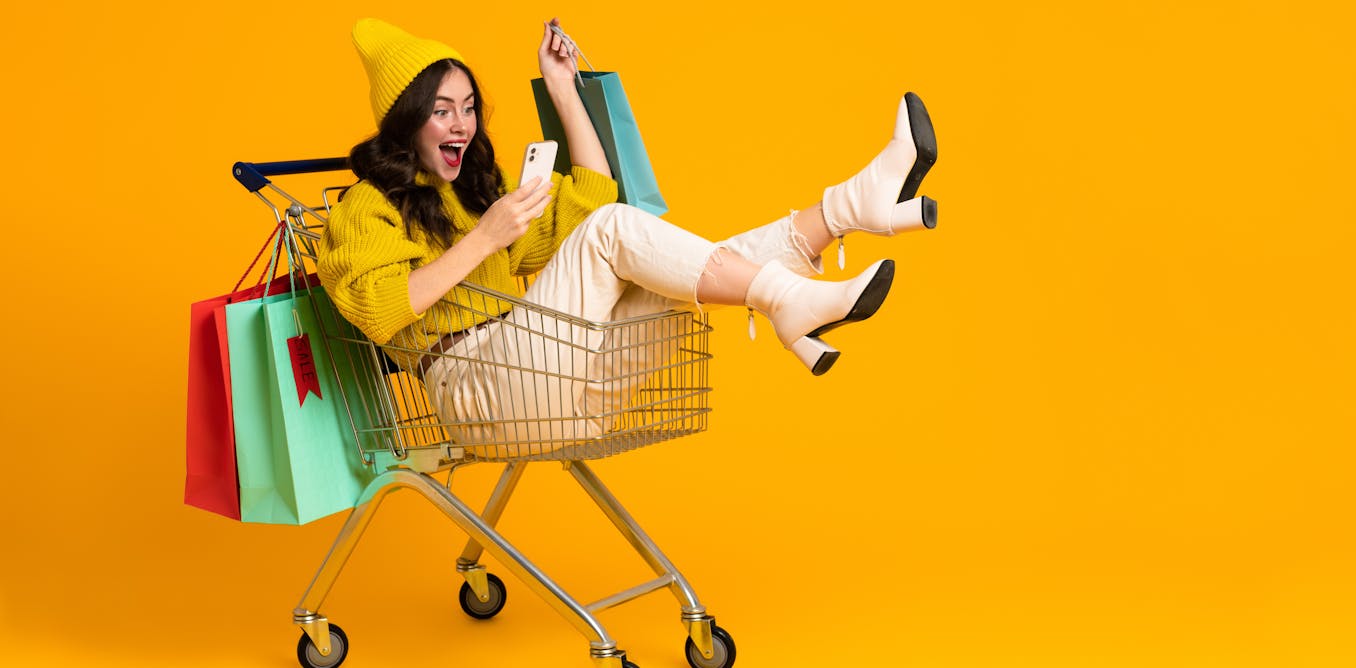
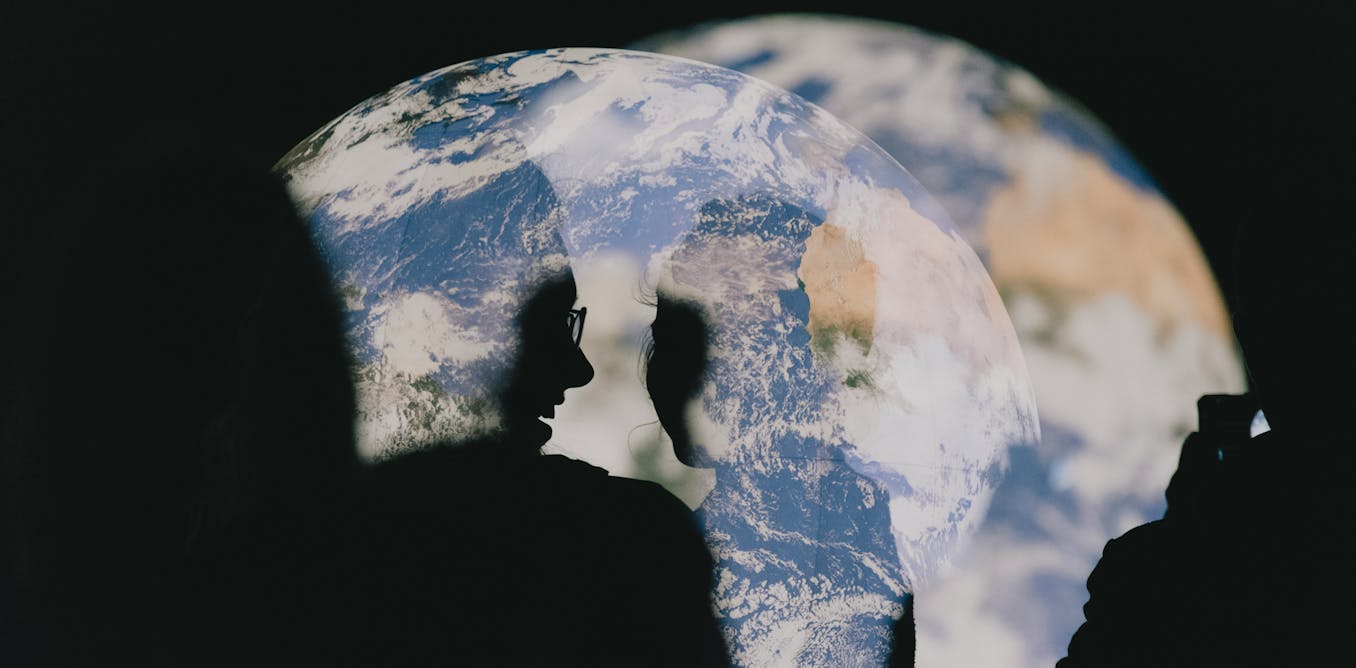
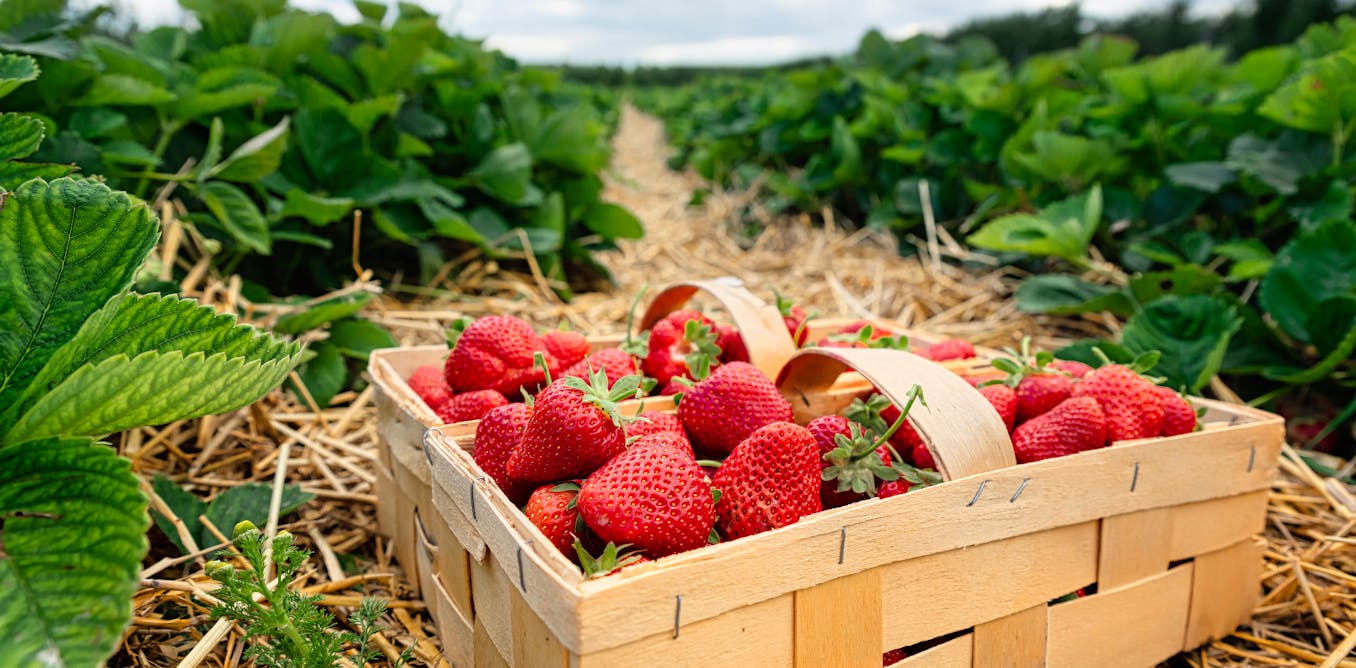
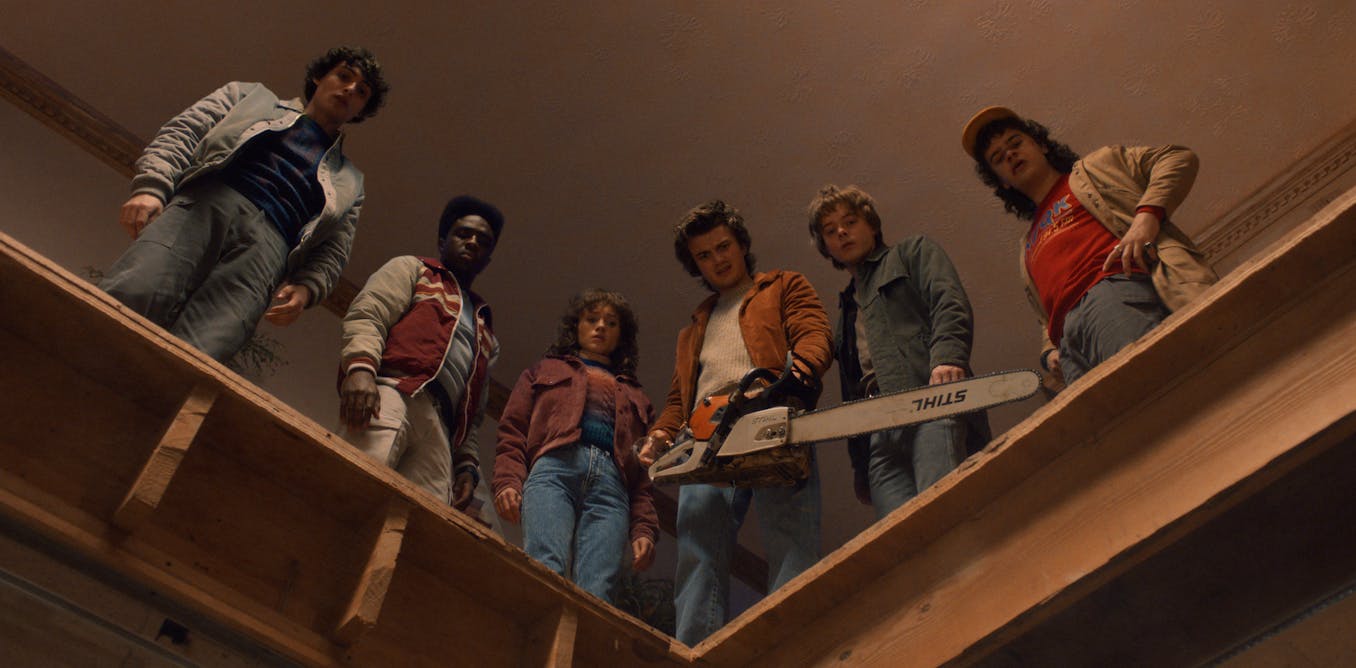
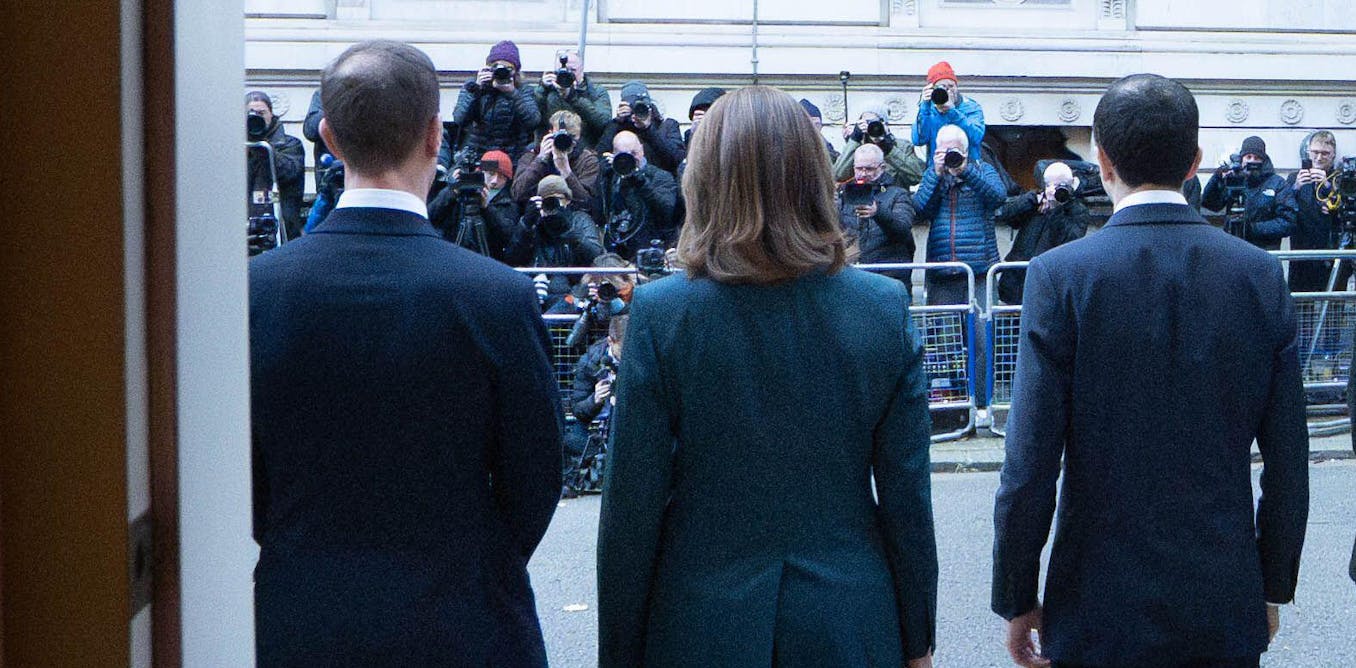
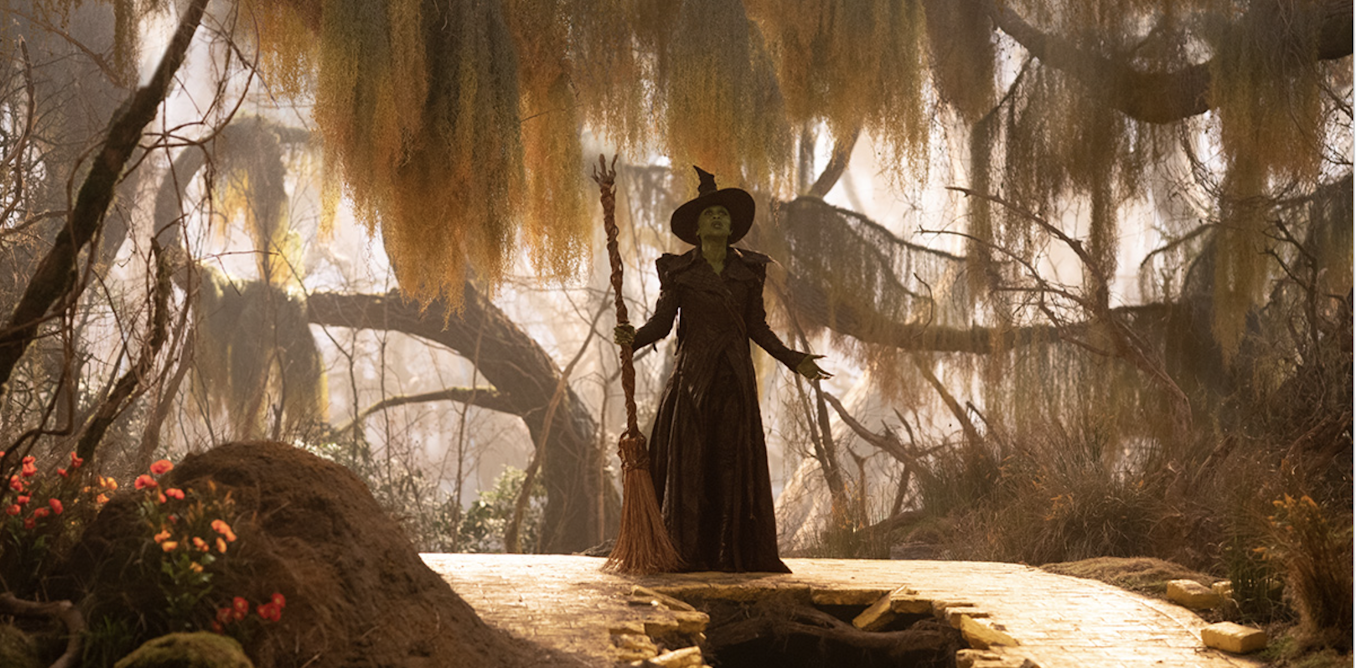
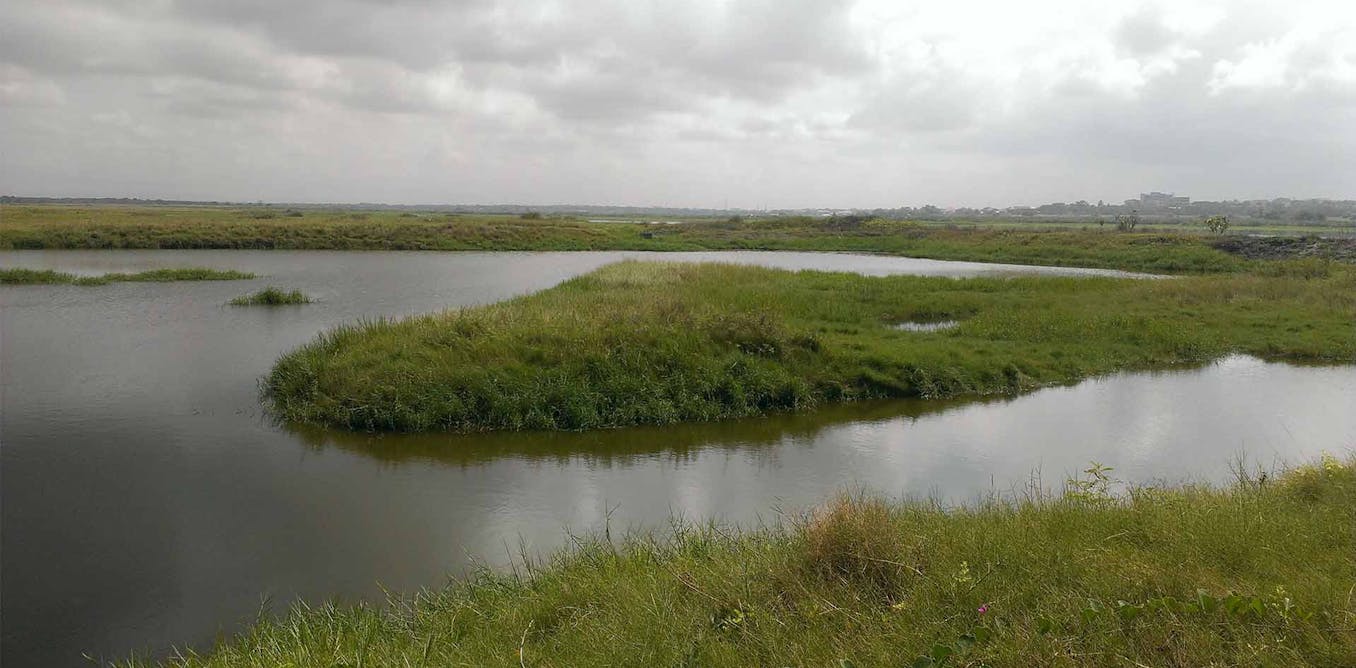
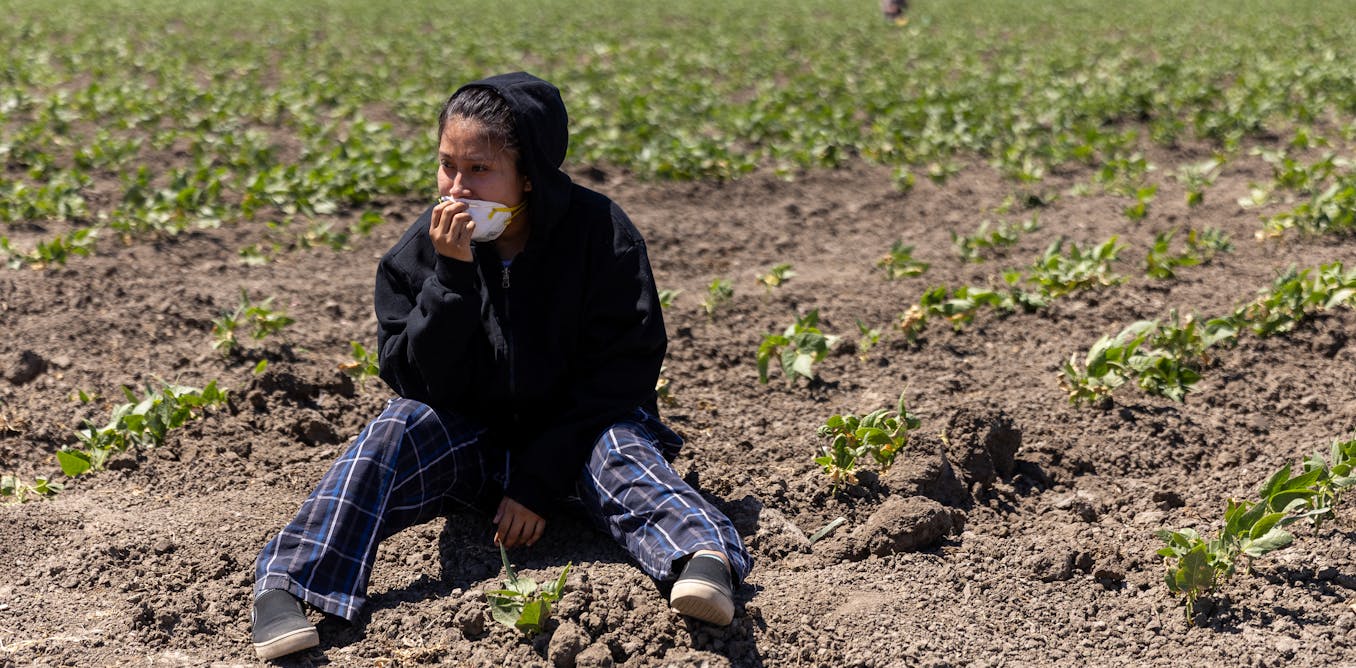























Leave a Reply